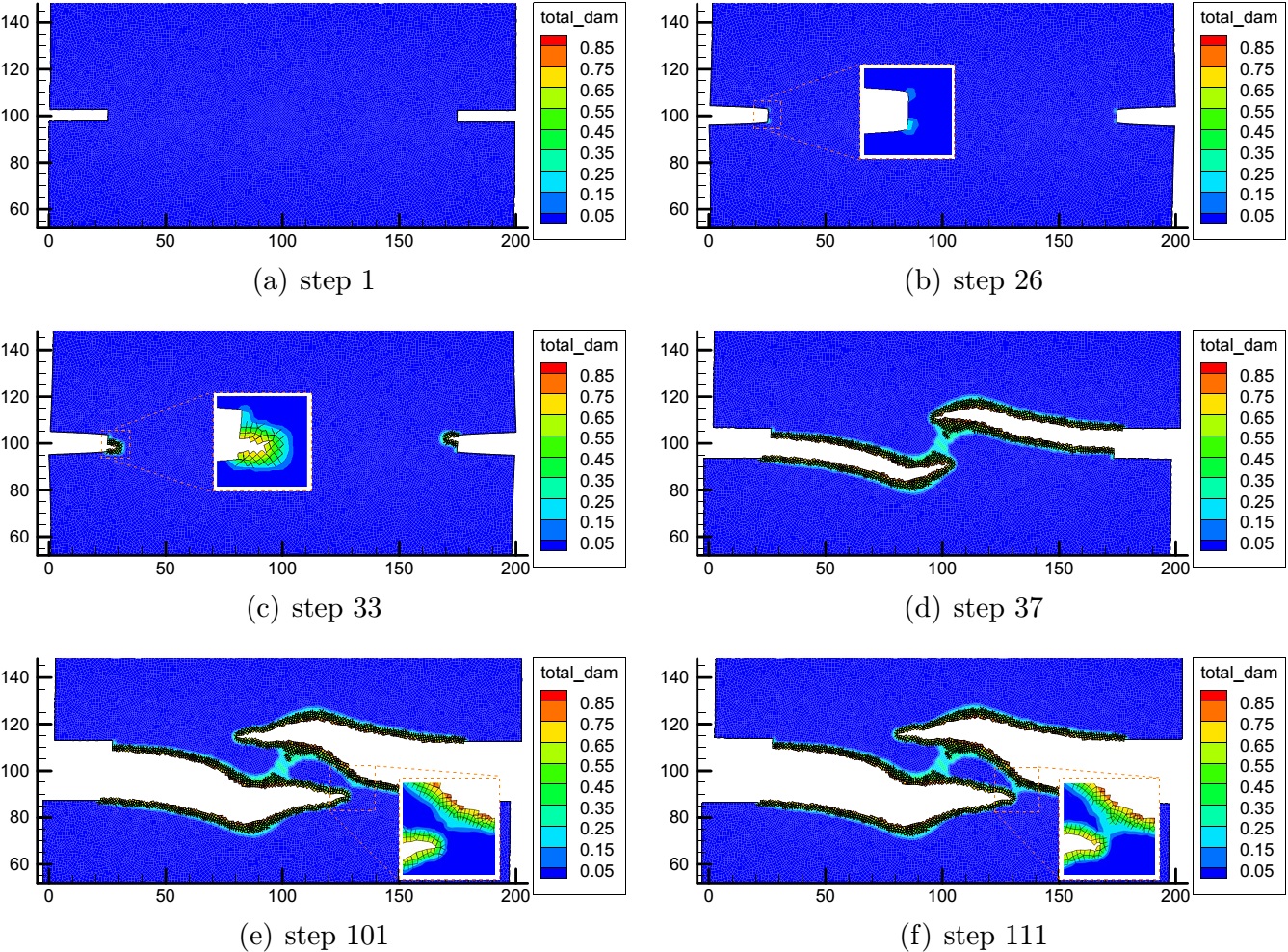


Continuum mechanics is a convenient tool for describing the behavior of materials and structure at the macro scale. However, when it comes to the very low scale, new phenomena, such as defect nucleation and crack initiation, can appear that are not captured in continuum mechanics. In this case, it is suitable to use refined approaches. Recently, a nonlocal mechanics theory (known as "peridynamics") has shown promising results for simulating the fracture of materials. This nonlocal mechanics, however, is computationally expensive, and should be limited to small but critical domains, such as the damage nucleation or fracture regions. The common practice is therefore to use continuum mechanics as much as possible at macro scale and, locally, to enhance it with this refined model. Different models are then used in the same structure at the same time, and result in the question of how to "glue" them. We develop a specific gluing technique, called the morphing method, to couple continuum and nonlocal mechanics models for predicting the material failure. The morphing method couples both models in the level of constitutive parameters in terms of the conservation of strain energy. This capability makes coupling easier to be applied to a complex structure. In addition, this method is easily transferable and nonintrusive for commercial environments.
Fracture process in double-notch metallic specimen under combined loading

Researcher(s):
Former member(s):
Funding agency: KAUST Baseline, Boeing.